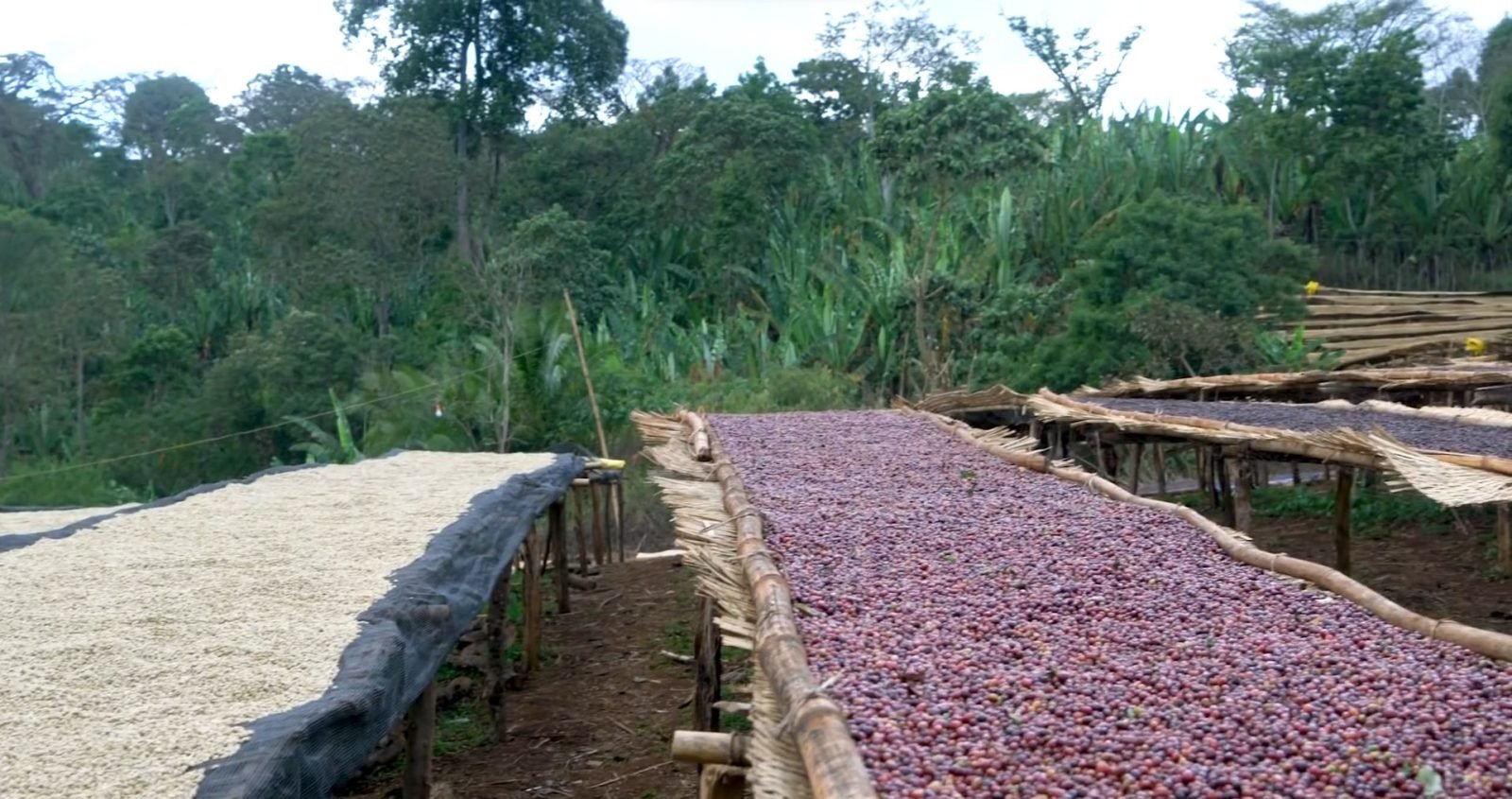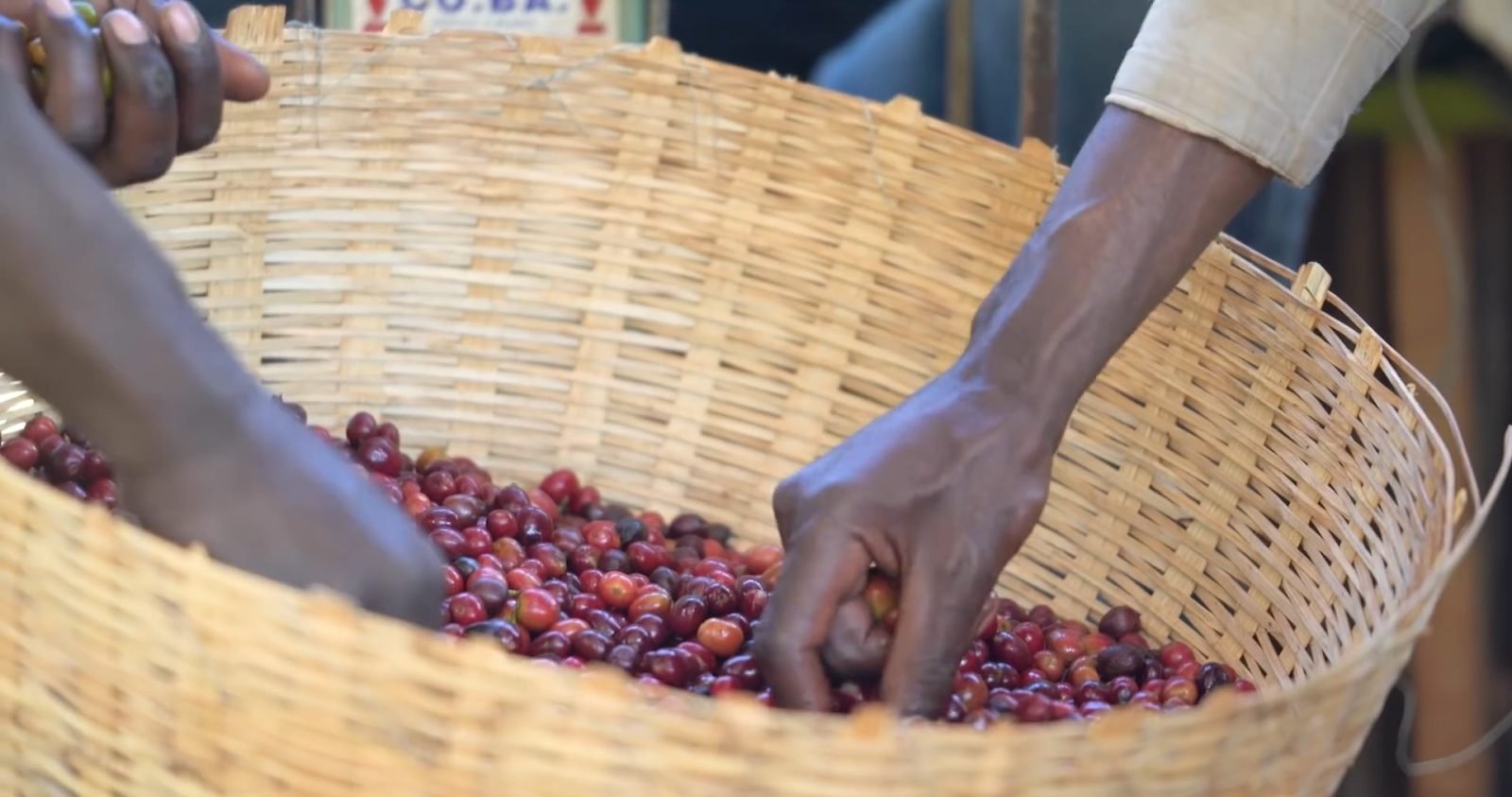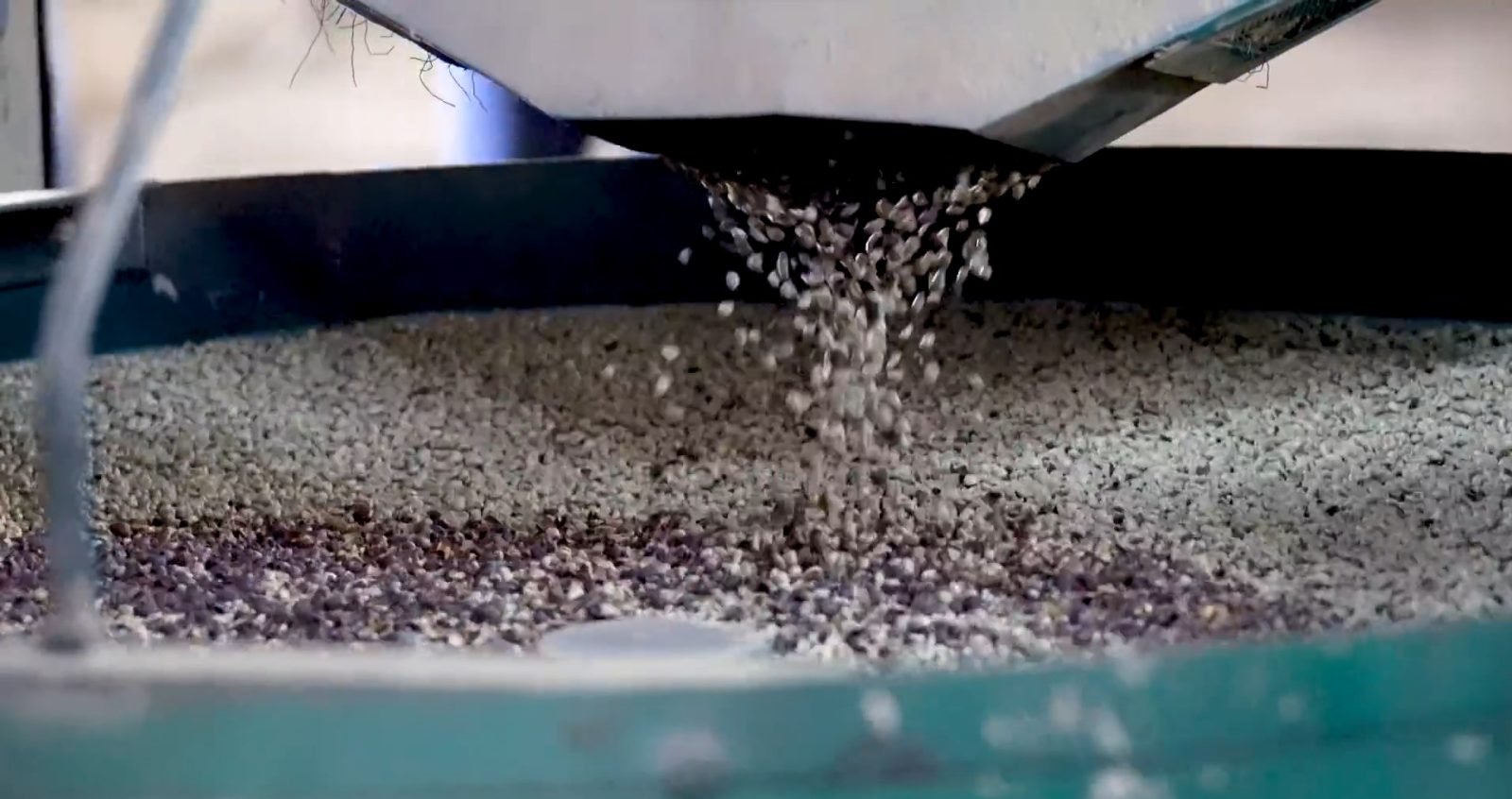The Art of Natural Coffee Processing

Table of Contents
Introduction
The natural process, also known as the dry process, stands as the ancient technique employed to extract coffee seeds from the coffee cherry. This traditional method remains prevalent in numerous coffee-producing nations, including Ethiopia, where the discovery of Arabica coffee first unfolded. As Ethiopia holds the original mastery of the natural process, our exploration leads us to Yirgacheffe, where we delve into the intricacies of this exceptional approach. Natural coffees, celebrated for their inherently fruity characteristics, extend a diverse profile reminiscent of coffee cherry, blueberry, raspberry, or strawberry.
Also Read: Understanding the Methods: Natural Processed Coffee vs Honey Processed Coffees
Overview
The allure of natural processing resides in its association with climates marked by aridness, warmth, and sunshine, void of considerable humidity or cloud cover. Today, this technique transcends borders, embraced by coffee producers worldwide, allured by the distinctive flavor arising from prolonged fruit interaction with the seed. As we embark on a journey through the creation of a natural process of coffee, we witness the following steps.
Picking and Washing

The journey commences with the careful selection of ripe coffee cherries, which, in Ethiopia, are transported to designated washing stations. Although termed washing stations, these facilities often cater to both washed and natural coffees. The fundamental divergence lies in the duration of coffee seed entwinement with its surrounding fruit. While “washed” coffees undergo swift separation from their cherries within 8 to 12 hours post-harvest, natural coffees bask in the embrace of their fruit throughout the entire drying period, nurturing their distinct flavor profile.
Sorting

Integral to the natural process, the cherries themselves hold utmost significance, with only the ripest, freshest, and most developed fruit gaining admission. Meticulous sorting commences during delivery and persists through the drying phase. Unlike conventional processing stages involving de-pulping and washing, coffee in its cherry form is transported to the mill. Here, sorting, weighing, and reporting occur before progressing to the drying area.
Also Read: Wet Hulled Coffee Process: Unique Technique from Indonesia
Drying

In Ethiopia, the art of drying unveils itself on raised beds woven from mesh, allowing optimal air circulation around the cherries. This method fosters uniform and even drying across individual lots. Drying naturally, however, poses challenges. Organic fermentation initiates soon after cherry picking, further accelerated under the scorching sun. Attention is imperative to prevent mold and defects, necessitating continuous rotation and sorting.
Drying naturals extends beyond the timelines of washed or honey coffees, demanding three to four weeks for the fruit to attain the requisite 11% moisture content for export. Workers adeptly regulate the drying process, employing techniques such as piling or covering the coffee.
Mill and Final Stages

Once the fruit achieves its dry state, it proceeds to the dry mill. Here, a hulling machine utilizes friction to meticulously shed the fruit and parchment layer, revealing the coveted green coffee. Hand sorting or specialized equipment refines the beans, culminating in a final polishing stage. Subsequently, the coffee is thoughtfully packed into sacks and stored within a warehouse, poised for its impending journey across the globe.
Three Types of Coffee With Natural Coffee Processing Methods

Bali Natural: Tropical Symphony in a Cup
Hailing from the enchanting island of Bali, the Bali Natural coffee processing method is a testament to the region’s lush landscapes and vibrant culture. The process begins with ripe cherries that are left to dry under the sun, with the seeds still enclosed. This extended contact between the fruit and seed imparts Bali Naturals with a lively and fruity character. The resulting coffee bursts with tropical flavors reminiscent of pineapple, passion fruit, and even hints of citrus. Bali Natural coffees offer a harmonious blend of sweetness and acidity, making each sip a delightful melody of tastes that transports you to the island’s sun-soaked shores.
Gayo Natural: Earthy Richness in Every Sip
From the picturesque highlands of Sumatra comes the Gayo Natural coffee processing method. In this approach, carefully selected cherries are spread out under the sun, allowing the seeds to develop amidst the surrounding fruit. This extended interaction gives rise to a unique flavor profile characterized by earthy and herbal undertones. Gayo Naturals boasts a robust body and a satisfying fullness, with notes of dark chocolate and subtle spices that create a warm and inviting cup. This method highlights the region’s terroir, offering coffee lovers a glimpse into the heart of Sumatra’s coffee heritage.
Java Natural: A Symphony of Balance and Elegance
The Java Natural coffee processing method takes root on the renowned Indonesian island of Java. Here, cherries are allowed to sun-dry with their seeds intact, fostering a gentle fermentation process. The resulting coffee is a testament to balance and elegance, showcasing a medium body with a delicate interplay of acidity and sweetness. Java Naturals offers a refined cup adorned with notes of citrus and a subtle floral aroma. This processing method is a nod to Java’s enduring coffee legacy and its ability to produce coffees that captivate the palate with their nuanced flavors.
Also Read: From Trees to Your Cup: 3 Types of Coffee Processing Methods
Conclusion
The natural process, deeply rooted in history, emerges as a timeless embodiment of the delicate balance between nature’s rhythms and human ingenuity. As we explored the intricate steps of creating natural process coffee, we unraveled the artistry inherent in each phase. From the meticulous cherry selection to the patient drying process and the final mill refining, the natural process perpetuates its legacy in every aromatic cup enjoyed by coffee aficionados worldwide.











